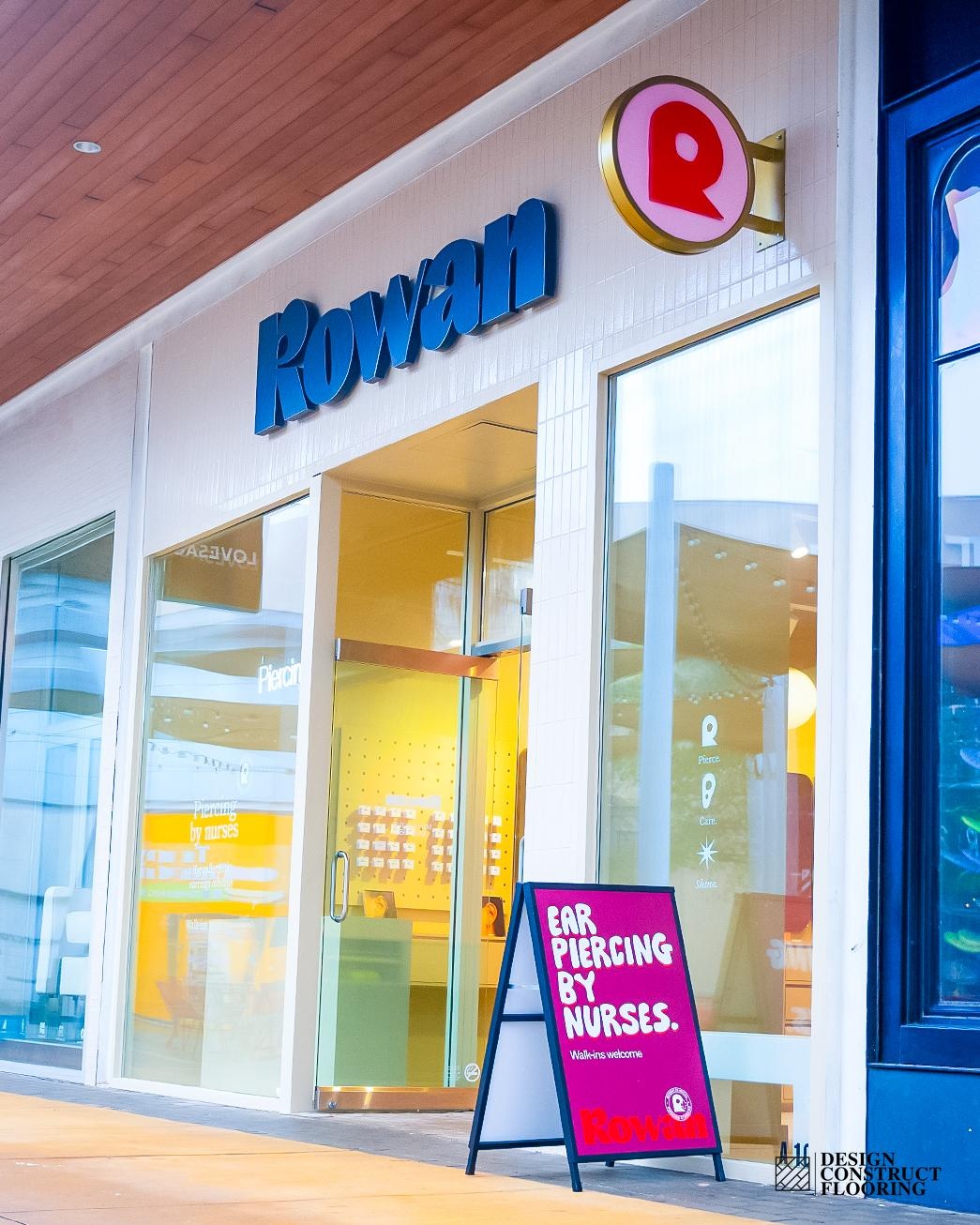VCT vs LVT Flooring: Cost & Durability Comparison
Top 5 Mistakes That Inflate the Cost of Tile Flooring and Installation
Underestimating Subfloor Preparation Needs
The most expensive tile jobs to fix are usually the ones where subfloor prep was rushed or skipped. In Houston, slab-on-grade foundations and expansive clay soils mean movement and moisture are constant realities. High spots, low spots, surface contaminants, and existing hairline cracks all need to be addressed before a single tile is set. Large-format tiles (anything 15 inches and up) demand especially flat substrates to avoid lippage and hollow spots.
Practical steps that save money long term:
1. Measure flatness and correct it with grinding and self-leveling underlayment where needed.
2. Bridge cracks and control joints with appropriate crack-isolation or uncoupling membranes.
3. Remove curing compounds, paint, and adhesives that compromise thinset bond.
Real-world example: A homeowner in Cypress installed 24x24 porcelain over a slab with a 1/2-inch dip across a hallway. Within months, tiles debonded and “tented.” The fix required full demo, slab grinding, and reinstallation—costing more than double what proper prep would have cost upfront.
Choosing the Wrong Tile for the Environment
Not every tile suits Houston’s humidity, temperature swings, and specific room conditions. Porcelain, with its low water absorption, is typically better for our climate than standard ceramic, especially in kitchens, bathrooms, and on slab foundations. Textured or matte finishes with adequate wet DCOF ratings help reduce slip risks in wet areas. For outdoor or sun-facing areas, choose tiles rated for exterior use and UV exposure.

Selection guidelines that prevent early failures:
- Match the tile’s wear rating to the use: higher-traffic commercial entries require tougher surfaces than guest baths.
- Verify wet DCOF ratings for showers, pool surrounds, and restaurant kitchens.
- Understand that rectified, large-format tiles require flatter slabs and tighter installation tolerances.
- Consider color and finish: highly polished tiles show scratching and lippage; darker tiles show dust and salts from slab moisture.
Commercial example: A Midtown restaurant chose a glossy tile in the entry. Foot traffic, moisture, and tracked-in grit led to rapid scratching and slip issues. Replacing it with a textured porcelain and epoxy grout reduced maintenance costs and liability concerns.
Skimping on Professional Installation
DIY videos don’t show the callbacks. Improper trowel selection, insufficient mortar coverage, poor layout, and rushed grout work lead to uneven surfaces, cracked grout lines, and hollow tiles that eventually break loose. Professional installers plan layout around focal lines, work expansion and movement joints into the design, and ensure proper coverage—especially under large-format and exterior tiles.
Professional safeguards that protect your investment:
- Correct mortar type for tile size and substrate conditions; proper trowel size and back-buttering to reach required coverage.
- Alignment, leveling systems where appropriate, and verified flatness during set—not after grout.
- Movement accommodation joints at perimeters and at prescribed intervals, with special attention to sunlit areas and long runs.
- Grout selection matched to use: epoxy or high-performance cementitious grout in heavy-use or wet areas reduces staining and cracking.
Residential example: A DIY install in Pearland saved on labor but led to widespread lippage and hollow spots. The eventual tear-out and reinstall added 40% to the original planned budget. Paying for qualified labor once would have been far less than paying for corrections twice.
Overlooking Moisture and Waterproofing Requirements
Houston’s climate and water table make moisture mitigation non-negotiable. Slab moisture can push salts through grout (efflorescence), break down bond, and cause tile or stone discoloration. In wet zones—showers, spa areas, commercial kitchens—continuous waterproofing and proper detailing prevent mold, warping of adjacent finishes, and tile failure.
What prevents costly moisture-related repairs:
- Test slabs before installation (in-slab RH/MVER testing). If readings exceed limits, use an approved moisture-mitigation system.
- Use vapor retarders, crack-isolation, or uncoupling membranes as needed to handle both moisture and slab movement.
- Waterproof wet areas continuously, tying into drains and terminations correctly; flood test showers before tile goes in.
- Maintain slope-to-drain on balconies and showers to prevent standing water and hydrostatic pressure.
Project snapshot: A Heights townhome had a beautiful shower with no continuous waterproofing behind the tile. Within a year, mold appeared outside the shower curb and tiles loosened. After demo, waterproofing, and retiling, the corrective scope exceeded the original shower budget by more than 60%.
Moving Forward with Confidence
Tile flooring can deliver decades of service when planning is thorough, materials suit the environment, and installation is executed by trained professionals. The true cost of tile isn’t just the price per square foot—it’s the cost of preparation, performance, and durability over time. By evaluating your slab conditions up front, choosing the right tile and setting materials for Houston’s climate, and insisting on professional installation with proper moisture control and movement joints, you avoid the budget-killing surprises that come from rework.
If you’re considering tile for a home or commercial space in the Greater Houston area, we’re here to help. Schedule a free quote or request a complimentary slab moisture test so you can plan with accurate information and move forward with confidence.
